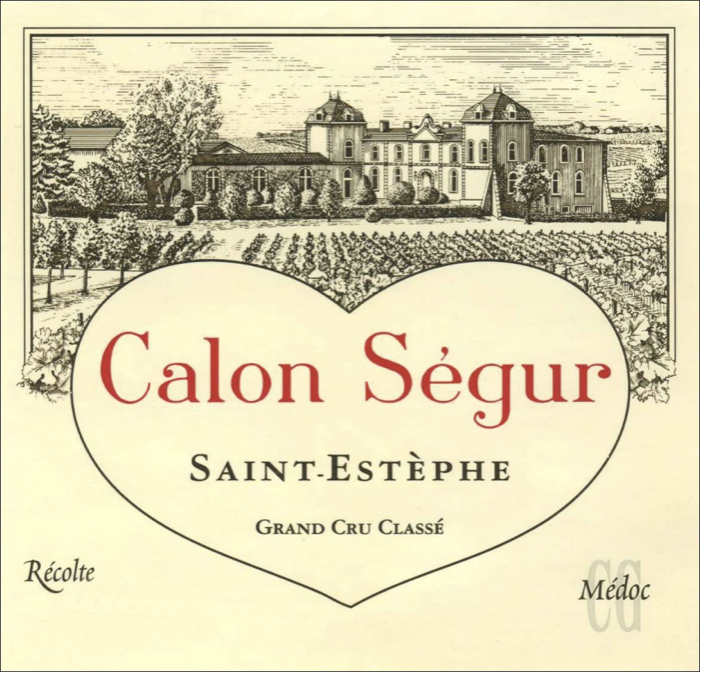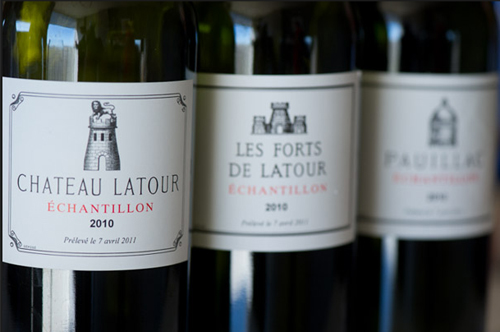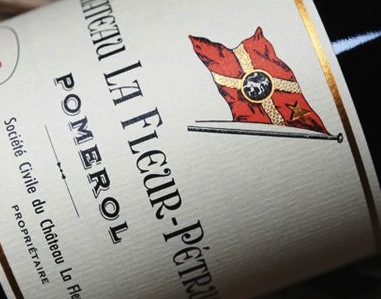by Wine Owners
Posted on 2018-02-09
Today’s post comes from Jonathan Reeve, Wine Owners’ newest team member. Jonathan joined us in January, after eight busy years at Wine-Searcher.com. You can reach him, if you feel so inclined, at Wine Owners HQ: +44 (0)2072784377
Yes ladies and gentlemen, V-day is imminent, but no we are not going to feed you a regurgitated list of the ‘best Valentines wines to buy for your loved one’. We are instead devoting this post to a quick look at Passion Assets. Topical and actually interesting. And profitable.
They’re big news, and we’re hearing about them more and more. They’re becoming more…well, passionable. So what are passion assets? And why is wine the best passion asset?
Quick definition: Passion assets are essentially high-value luxury products such as fine wine, vintage watches, classic cars and antiques, which can be invested in for profit. Although originally created for some practical or aesthetic function, over time these products acquire a purely abstract financial value, born of a shared appreciation among the collective group of x lovers (wine lovers, watch lovers, car lovers etc.).
Passion assets are purchased initially because they have an emotional attachment, and are attractive in some way; they’re beautiful to taste, hold or look at. But because their value is simultaneously concrete and abstract, they are both a good store of wealth and a profitable investment. In truth, their investment performance is almost a coincidence. But what a beautiful coincidence that is. And there’s your answer; that’s why they’re quite so popular;
Since 2008 interest in tangible assets has grown massively. Rock-bottom interest rates and fears of market volatility have led investors to switch to investments which they can actually hold or touch, whose reality is more than just zeros and ones of stock market computer code. And what do those investors turn to when selecting these tangible assets? Things that they’re passionate about. Passion assets. Wine tops the list.
“Wine is the best passion asset.” Well, I would say that – I have wine passion. But genuinely, I mean it. I also have watch passion, and car passion, but I don’t invest in either of those. Investment wines may well be the only passion asset whose investment value begins from day one. Cars don’t become classics, watches don’t become ‘vintage’, and antiques don’t become antique until years after the initial purchase. Top-end investment wines, however, begin acquiring value from day one, as they leave the winery forecourt. If only cars did that…
It isn’t just me saying all this, either. Knight Frank say it too. Their Wealth Report 2017 confirmed wine as the world’s best-performing passion asset. Have a look at the Knight Frank Fine Wine Icons Index.
And here’s another reason. Which other passion asset gives you the opportunity to create such a diverse, romantic collection as wine? Not to mention flavourful. Every vintage brings several hundred products to select from and obsess over. Most collectors have their personal favourite producers, on top of the core handful which are mutually agreed by all as the ‘blue chip’ investment wines. And laid over this is the added dimension of the vintages themselves, dating back many decades, and even centuries in some exceptional cases. It’s hard to understate the power of a good vintage to spark adrenaline in wine collectors and investors.
And one last reason. Wine is more than the world’s most profitable passion asset; it’s also the most widely collected, and therefore one of the most stable. Win, win, win.
You get the picture. I think wine is a pretty excellent investment. If none of my points above have swayed you to my point of view, consider the following. If it all goes wrong, and the world pulls itself to pieces, as the warheads soar overhead and the bullets whizz past, would you rather sit in an antique chair counting down the seconds on an old watch, or would you rather pour and enjoy a glass of fantastic wine. Think about it. Happy Valentines Day.
P.S. If you really must hunt out a Valentine-themed wine, try Calon Ségur. It has a heart on the label, and happens to be performing very well as a passion asset.

by Wine Owners
Posted on 2015-06-10
Jane Anson’s insight into what courtiers and négoces think about the en primeur system makes for very interesting reading.
Perhaps what many Chateaux are unwilling to go on record with is the question of estate value.
Land values are at least partially driven by the cost per bottle that can be achieved by the Chateaux at the point of release. The higher the release price (whenever that is) the higher the cost of land per hectare.
If you've just blown €200M on a slice of prime classed growth real estate, you want to support the underlying assumptions upon which that price was predicated. The balance sheet value of that asset and its ability to appreciate over time (and not see shareholder value diminished) becomes pretty crucial.
Is this one of the reasons why Calon released so little and massively cut back on the number of Négoces they allowed allocations, narrowing channels to market?
We totally agree with Jane Anson that a number of the First Growths got their pricing right. For me Lafite at first tranche and Mouton (Grand and Petit) got it most right vs market pricing of back vintages. There is future value in those purchases.
The sooner the 'funding' model of EP is clarified, the sooner the negativity surrounding the EP release period will evaporate. I think consumers dislike conflicting messaging and behaviour as much as channels of distribution do.
Let's say it; the top Chateaux (the only part of the EP market that appears to be worth bothering with) don't need us to fund the next vintage. Nor therefore do they have a need to leave enough on the table to convince us of the opportunity-cost of stockholding for them. That illusion is about to be shattered.
by Wine Owners
Posted on 2013-11-15

The 2009 Annual Bordeaux Tasting organised by The Institute of the Masters of Wine recently highlighted the high standard and homogeneity of Bordeaux 2009.
The best Medocs were beautifully perfumed, notably throughout the Graves, Margaux, and St. Julien. Where freshness was retained, the very ripe fruit lifted by fresh acidity, the wines were both easy to taste and delineated.
Examples that stood out were:
Pontet Canet with a refined, liqueur texture, fabulous confit yet crystalline, vivid fruit, and a velvety finish.
Leoville Barton was extremely pretty for a property that typically makes very structured long-term wines, exciting and fresh with wonderful aromatics.
Montrose was immense, and so confidently poised within its powerful structure.
Mission Haut Brion was truly fine; beautifully perfumed, noble fruit, dusty tannins in no way inhibiting a very long finish.
Sister property Haut Brion showed in a more structured vein, bright fruits, yeast and cedar on the nose, uplifting with a real sense of energy underlying the progression of flavours. Haut Brion was a beacon of how great 2009 can be when ripe fruit, acidity, structure and energy come together to create a unique, visceral experience. It also served to highlight how unctuous and relatively soft so many of the other wines in 2009 really are. And this isn't necessarily a good thing for the long term.

At a recent dinner tutored by Edouard Moueix where he showed La Fleur Petrus 2009 and 2010 side by side, the 2009 was unctuous and richly textured. The 2010 had more clearly delineated elements, showed as being far more complex, with wave after wave of nuanced flavours through an almost interminable finish.
Back in 2011, in the heat-wave of that Bordeaux spring, 2010 also showed brilliantly. Where wines were compared side by side, the 2010 vintage got my vote almost every time, including beauties from:
Calon Segur
Cheval Blanc
Haut Brion
Haut-Bailly
La Conseillante
L’Eglise-Clinet
La Mission Haut-Brion
Latour
Le Pin
Margaux
Montrose
Pichon Longueville Comtesse de Lalande
Rauzan Segla
Vieux Chateau Certan
So for me whilst the two vintages are both extraordinary; I prefer the definition, balance, complexity and enduring length of flavour so commonly found in the best 2010 red Bordeaux, which gets my vintage vote bar a few exceptions like Leoville Barton.

